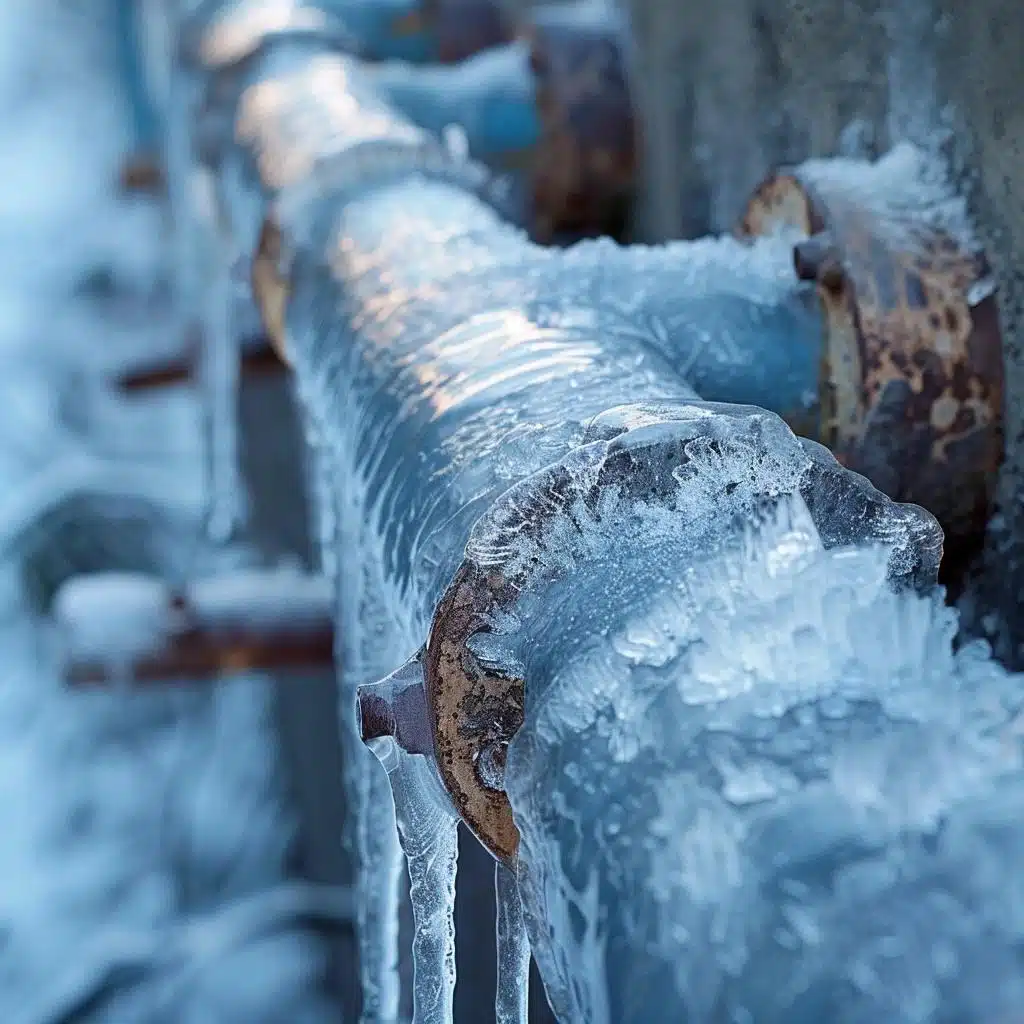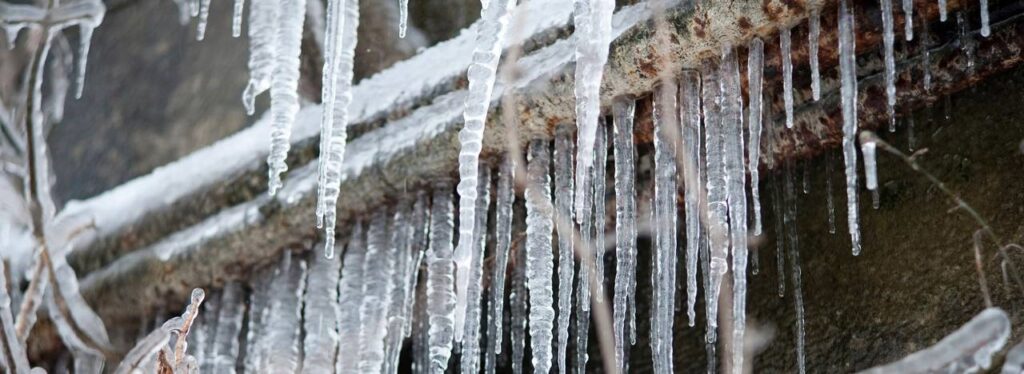Presented here below you might get a good deal of first-rate insight about How to Prevent Your Pipes From Freezing.

Winter can ruin your pipes, particularly by freezing pipes. Below's exactly how to prevent it from taking place and what to do if it does.
Intro
As temperatures decrease, the threat of icy pipes increases, potentially causing pricey fixings and water damages. Comprehending exactly how to stop frozen pipes is important for house owners in cool environments.
Prevention Tips
Protecting at risk pipes
Wrap pipelines in insulation sleeves or use heat tape to shield them from freezing temperatures. Concentrate on pipes in unheated or outside areas of the home.
Home heating methods
Maintain interior spaces appropriately heated up, specifically areas with pipes. Open cabinet doors to permit cozy air to flow around pipes under sinks.
How to determine icy pipes
Try to find lowered water circulation from taps, unusual smells or sounds from pipelines, and visible frost on subjected pipes.
Long-Term Solutions
Architectural changes
Take into consideration rerouting pipelines far from exterior wall surfaces or unheated locations. Add extra insulation to attic rooms, cellars, and crawl spaces.
Updating insulation
Buy high-quality insulation for pipelines, attics, and walls. Proper insulation assists keep constant temperatures and minimizes the threat of icy pipelines.
Protecting Outdoor Plumbing
Yard hoses and exterior taps
Disconnect and drain yard pipes prior to winter. Mount frost-proof faucets or cover outdoor taps with protected caps.
Understanding Icy Pipelines
What causes pipes to ice up?
Pipelines ice up when revealed to temperature levels listed below 32 ° F (0 ° C) for expanded periods. As water inside the pipes ices up, it increases, taxing the pipeline wall surfaces and possibly causing them to rupture.
Dangers and damages
Frozen pipes can result in water system interruptions, residential or commercial property damage, and costly repair work. Burst pipelines can flooding homes and cause extensive architectural damage.
Signs of Frozen Pipes
Determining frozen pipelines early can stop them from breaking.
What to Do If Your Pipes Freeze
Immediate actions to take
If you think icy pipes, maintain faucets open to relieve pressure as the ice thaws. Use a hairdryer or towels soaked in warm water to thaw pipelines slowly.
Conclusion
Preventing icy pipes needs aggressive procedures and fast reactions. By understanding the causes, indicators, and safety nets, home owners can secure their plumbing throughout cold weather.
5 Ways to Prevent Frozen Pipes
Drain Outdoor Faucets and Disconnect Hoses
First, close the shut-off valve that controls the flow of water in the pipe to your outdoor faucet. Then, head outside to disconnect and drain your hose and open the outdoor faucet to allow the water to completely drain out of the line. Turn off the faucet when done. Finally, head back to the shut-off valve and drain the remaining water inside the pipe into a bucket or container. Additionally, if you have a home irrigation system, you should consider hiring an expert to clear the system of water each year.
Insulate Pipes
One of the best and most cost-effective methods for preventing frozen water pipes is to wrap your pipes with insulation. This is especially important for areas in your home that aren’t exposed to heat, such as an attic. We suggest using foam sleeves, which can typically be found at your local hardware store.
Keep Heat Running at 65
Your pipes are located inside your walls, and the temperature there is much colder than the rest of the house. To prevent your pipes from freezing, The Insurance Information Institute suggests that you keep your home heated to at least 65 degrees, even when traveling. You may want to invest in smart devices that can keep an eye on the temperature in your home while you’re away.
Leave Water Dripping
Moving water — even a small trickle — can prevent ice from forming inside your pipes. When freezing temps are imminent, start a drip of water from all faucets that serve exposed pipes. Leaving a few faucets running will also help relieve pressure inside the pipes and help prevent a rupture if the water inside freezes.
Open Cupboard Doors
Warm your kitchen and bathroom pipes by opening cupboards and vanities. You should also leave your interior doors ajar to help warm air circulate evenly throughout your home.

I stumbled upon that write up about Preventing and dealing with frozen pipes while surfing the web. Are you aware of another person who is very much interested in the subject? Take a moment to share it. I cherish reading our article about Winter Plumbing Precautions: Preventing Frozen Pipes.
Hire A Pro